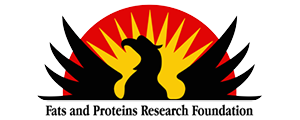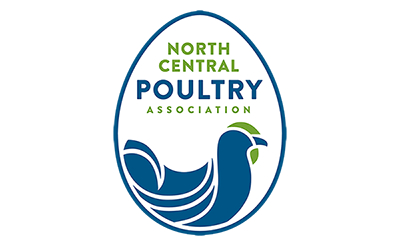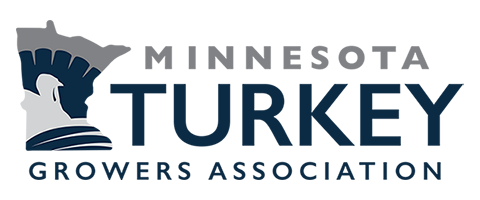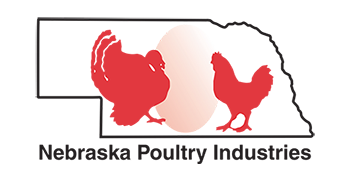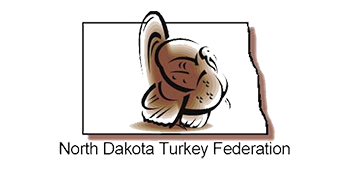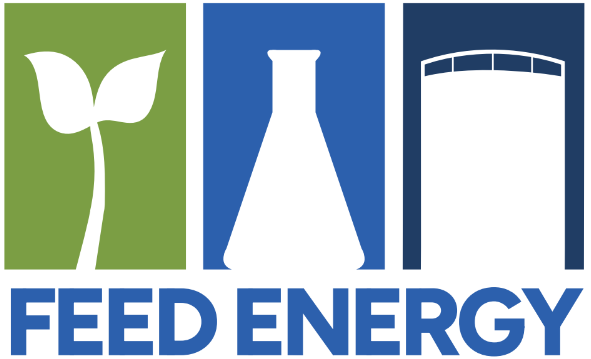by Dr. Mohan Dasari (R&D) and Dr. Eric Weaver (Business Development), Feed Energy Company
Through changes in genetics and management, the swine industry has made stunning improvements in the efficiency of pig production in the last decade, particularly in reproduction and growth rate. Litter size in the U.S. has increased from 9.6 pigs weaned per litter in 2010 to 10.7 pigs in 2019 – USDA National Agricultural Statistics Service 3/28/19. As a result of the increase in reproduction efficiency, the nutritional needs of sows are being re-assessed.
Supplementation of lipids in the lactation diet to meet energy and nutrient demands has been a common practice in many successful sow operations. Essential fatty acids (EFAs), such as linoleic, α-linolenic, arachidonic acid and eicosapentaenoic acid are known for their numerous health benefits in animals, as well as, humans. EFAs cannot be produced in vivo due to the absence of certain enzymes, therefore, dietary supplementation is the only way that the benefits of these nutrients can be derived.
Reproductive performance is one of the leading factors impacting profitability. However, the summer months can have a negative impact on a sow’s performance. Sows are under metabolic and oxidative stress during the summer which leads to reduced feed intake, resulting in the depletion of body reserves that are now used to aid in milk production. The mobilization of these nutrient reserves has a negative effect on the subsequent reproductive performance of the sows.
Studies have found that the addition of EFAs in a sow’s diet during the summer can help to increase her reproductive efficiency. This enables producers to avoid seasonal lows in production and increase their margins by taking advantage of strong market prices for pigs marketed in the early summer months.
Rosero and colleagues initiated a series of innovative studies on EFA needs of sows in 2015. The initial balance studies found that lactation diets without supplemental EFA resulted in a pronounced negative balance (intake minus milk output) of linoleic and α-linolenic acid; which compromised sow fertility by reducing farrowing rate, increasing culling rates, and lower numbers of pigs born in the subsequent litter. The net effect of supplemental EFA during lactation created a positive EFA balance and increased the subsequent reproduction of sows. Based on the minimum amount of linoleic acid secreted in milk, the paper recommends that a diet with at least 100 g/d of linoleic acid will ensure adequate consumption to prevent negative balance during lactation. In addition, adequate linoleic acid intake improved subsequent farrowing rate.
In 2016, Rosero et al., in collaboration with an industry partner, conducted a larger study in commercial production (n=480) to evaluate reproductive responses to linoleic and α-linolenic fatty acid supplementation in high producing sows. The research reported a near maximum response in subsequent reproductive performance was achieved when sows consumed a minimum of 125 g/d of linoleic acid and 10 g/d of α-linolenic acid during lactation. The effect of inadequate intake may be even more pronounced in the aging sows due to a continued depletion of essential fatty acid reserves over successive lactations.
Another control study with similar number of sows was done in Australia (Dr. van Wettere, 2016). The study evaluated the subsequent reproductive response to EFA supplementation in summer and winter. The supplementation of lactation diets with linoleic and α-linolenic acid was provided at slightly higher levels than Rosero (0.27% α-linolenic and 1.8%-2.0% linoleic acid). The study led to findings that supplementation increased pigs born alive (>100 more pigs per 100 weaned sows) in subsequent farrowings.
At the Midwest Animal Science meetings in March, 2019, Becker et al. reported on a controlled study in sows evaluating Feed Energy’s BuildR2 product at 3.2% of the diet during lactation (Fig. 1.).
BuildR2 is a proprietary Feed Energy formulation of long-, medium-, and short-chain fatty acids and triglycerides with an ideal ratio of EFAs (linoleic and α-linolenic acids) for sows. The addition of 3.2% BuildR2 significantly increased lactation feed intake (>1 lb. per day). The increase in feed intake resulted in a significant benefit to the sows by helping her to maintain body condition. And, consistent with the two prior controlled studies, the response to supplementation in the subsequent litter increased total pigs born by 0.75 pigs per litter.
In summary, today’s high producing sows benefit from essential fatty acid supplementation. Feed Energy’s essential fatty-acid-rich BuildR2 is supported by controlled data and large-scale evaluations in commercial operations. The Feed Energy’s BuildR2 study results are an advance in optimal nutrition of sows and in agreement with the leading studies by Rosero and colleagues and van Wettere. With strong market prices forecasted for this summer, the health and reproductive benefits of BuildR2 in sows supports significant economical returns to the producer.
For over thirty-three years, Feed Energy has been in the lipid and animal nutrition business. With plants in Des Moines and Sioux City we are literally located in the middle of one of earth’s major food baskets. Every day throughout the Midwest hundreds of thousands of turkeys, laying hens and pigs are fed our lipid based nutrition solutions to help improve performance and profitability.



